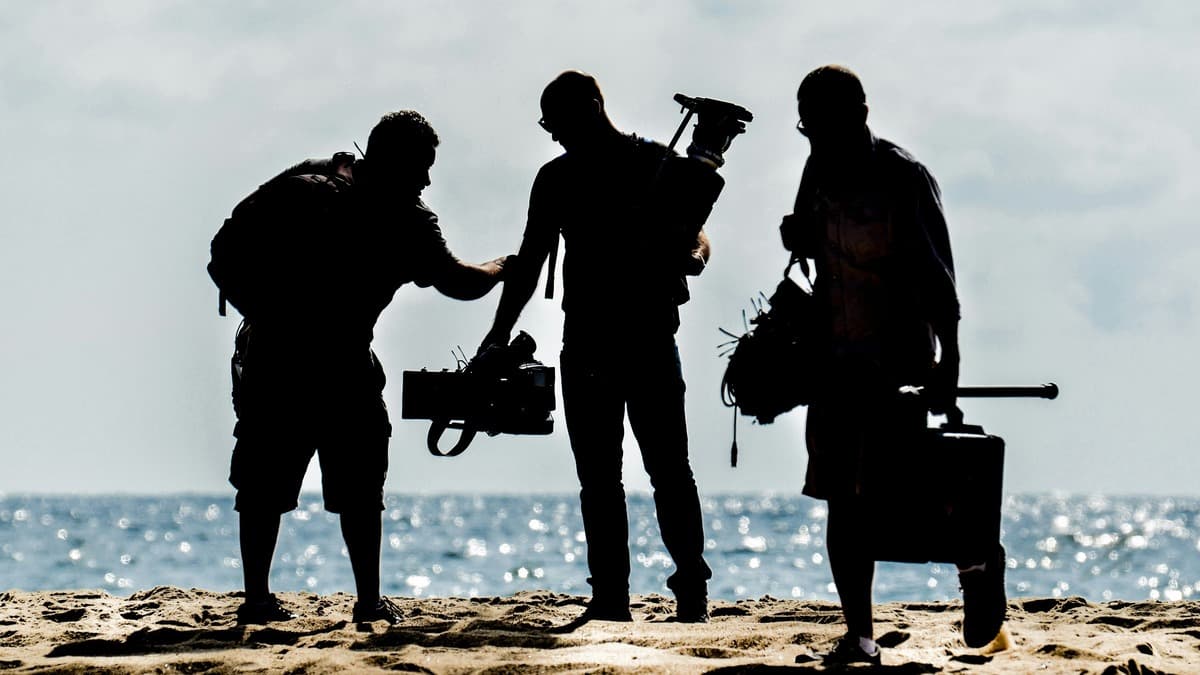OpenAI, known for ChatGPT, introduced a new tool capable of quickly creating lifelike short videos from written instructions. While the tool, called Sora, isn’t out for everyone yet, the samples shared online have caused quite a stir.
While similar technologies have been showcased before, industry analysts are impressed by the remarkable quality of Sora’s videos and see its launch as a significant advancement in the field of text-to-video generation. However, as with any innovation in the rapidly evolving AI landscape, concerns about ethical and societal implications loom large. Here’s what you need to know:
According to the Open AI website, “Sora is able to generate complex scenes with multiple characters, specific types of motion, and accurate details of the subject and background. The model understands not only what the user has asked for in the prompt, but also how those things exist in the physical world.”
“We’re also building tools to help detect misleading content such as a detection classifier that can tell when a video was generated by Sora. We plan to include C2PA metadata in the future if we deploy the model in an OpenAI product. In addition to us developing new techniques to prepare for deployment, we’re leveraging the existing safety methods that we built for our products that use DALL·E 3, which are applicable to Sora as well.”
What is Sora, and Can You Use It Yet?
Sora is a text-to-video generator capable of producing videos up to 60 seconds long based on written prompts using generative AI. Additionally, it can generate video content from existing still images. While Sora is not yet available for public use, OpenAI is engaging with policymakers and artists before the official release. Despite limited access, the company has provided a glimpse of Sora’s capabilities through a selection of example videos.
How Sora Compares to Other AI-Generated Video Tools
Sora is not the first of its kind, as other companies like Google, Meta, and Runway ML have also demonstrated similar technologies. However, analysts highlight the impressive quality and length of Sora’s videos, praising their realism and adherence to natural laws. This sets Sora apart from previous AI-generated video tools, offering new opportunities for creative integration into traditional content creation processes.
Potential Risks and Ethical Considerations
While Sora’s capabilities have sparked excitement, concerns persist regarding the ethical and societal implications of AI-generated video technology. Industry experts caution against the potential misuse of realistic-looking videos for fraudulent, propaganda, or misinformation purposes, particularly in sensitive contexts such as elections. Despite efforts by tech companies like OpenAI to address safety concerns, questions remain about the transparency and governance of such technologies.
OpenAI emphasizes its commitment to safety and transparency in the development and deployment of Sora. The company collaborates with domain experts to test the model for potential misuse and is developing detection tools to identify misleading content generated by Sora. However, limited information about Sora’s training data and methodologies raises questions about its underlying biases and reliability.
Keep up to date with our stories on LinkedIn, Twitter, Facebook and Instagram.

